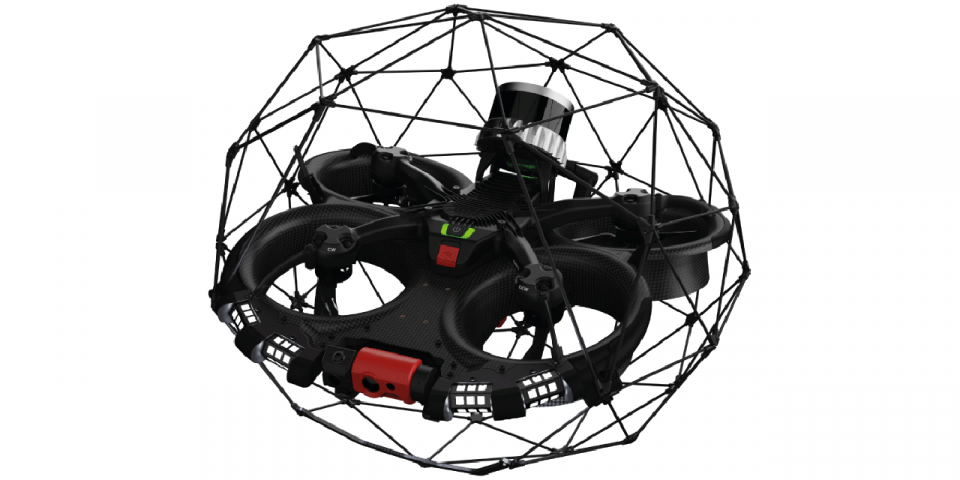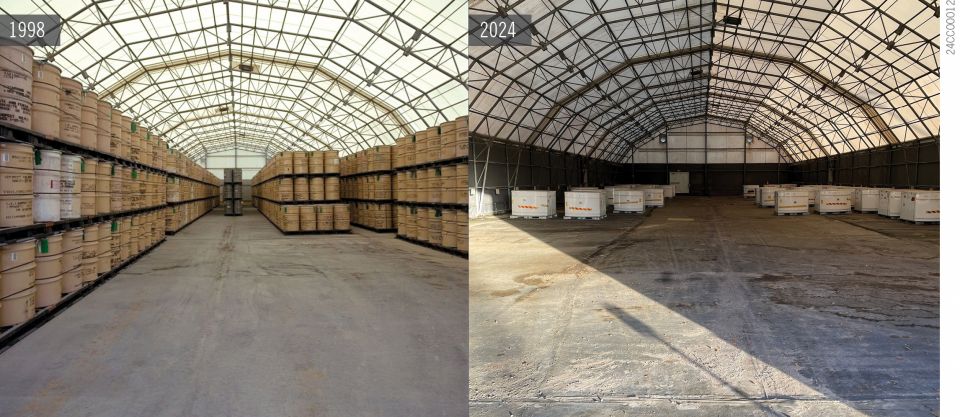ORNL’s High Flux Isotope Reactor, where Sr-89 and other radioisotopes are produced, photographed during a 2015 refueling. (Photo: ORNL)
The Department of Energy’s Isotope Program (DOE IP) announced last week that it would end its “active standby” capability for strontium-82 production about two decades after beginning production of the isotope for cardiac diagnostic imaging. The DOE IP is celebrating commercialization of the Sr-82 supply chain as “a success story for both industry and the DOE IP.” Now that the Sr-82 market is commercially viable, the DOE IP and its National Isotope Development Center can “reassign those dedicated radioisotope production capacities to other mission needs”—including Sr-89.
Cardiac imaging: In the early 2000s, the DOE IP introduced a consistent supply of Sr-82 for use in cardiac diagnostic testing. Sr-82 is the parent isotope used in Sr-82/Rb-82 medical generators. With a half-life of 75 seconds, the rubidium-82 daughter isotope acts as a positron emission tomography (PET) tracer for heart imaging in adults.
As demand for Sr-82/Rb-82 grew, private industry began to enter the supply chain, and the DOE IP offered technical support to help facilitate commercialization. Rb-82 has also provided an alternative to molybdenum-99 for cardiac imaging when the Mo-99 supply chain was vulnerable.
In 2020, the DOE IP shifted its Sr-82 production to active standby status, ready to provide emergency backup to ensure a steady market supply of Sr-82 while the private industry supply chain matured. Today, multiple North American companies have demonstrated reliable Sr-82 production and healthy competition, according to the DOE IP.
A reemergent need: Sr-89 has been used to alleviate pain for patients suffering metastatic bone cancer since the 1990s because of its tendency to localize and accumulate in the bone, where its beta emissions can fight cancer and enhance patient quality of life. Recently, however, the supply has been decreasing, so the DOE IP announced April 30 it would step in to offer batch production of Sr-89 to help fill market demand.
Sr-89 is a beta emitter with a half-life of 50.6 days, decaying to yttrium-89. It is produced via neutron capture on an enriched Sr-88 target using the DOE's High Flux Isotope Reactor at Oak Ridge National Laboratory.
The DOE IP is now offering batch production of Sr-89 upon request, and reports that “irradiation and chemical processing capabilities are in place within the DOE IP network for routine production of curie-level batches.”








